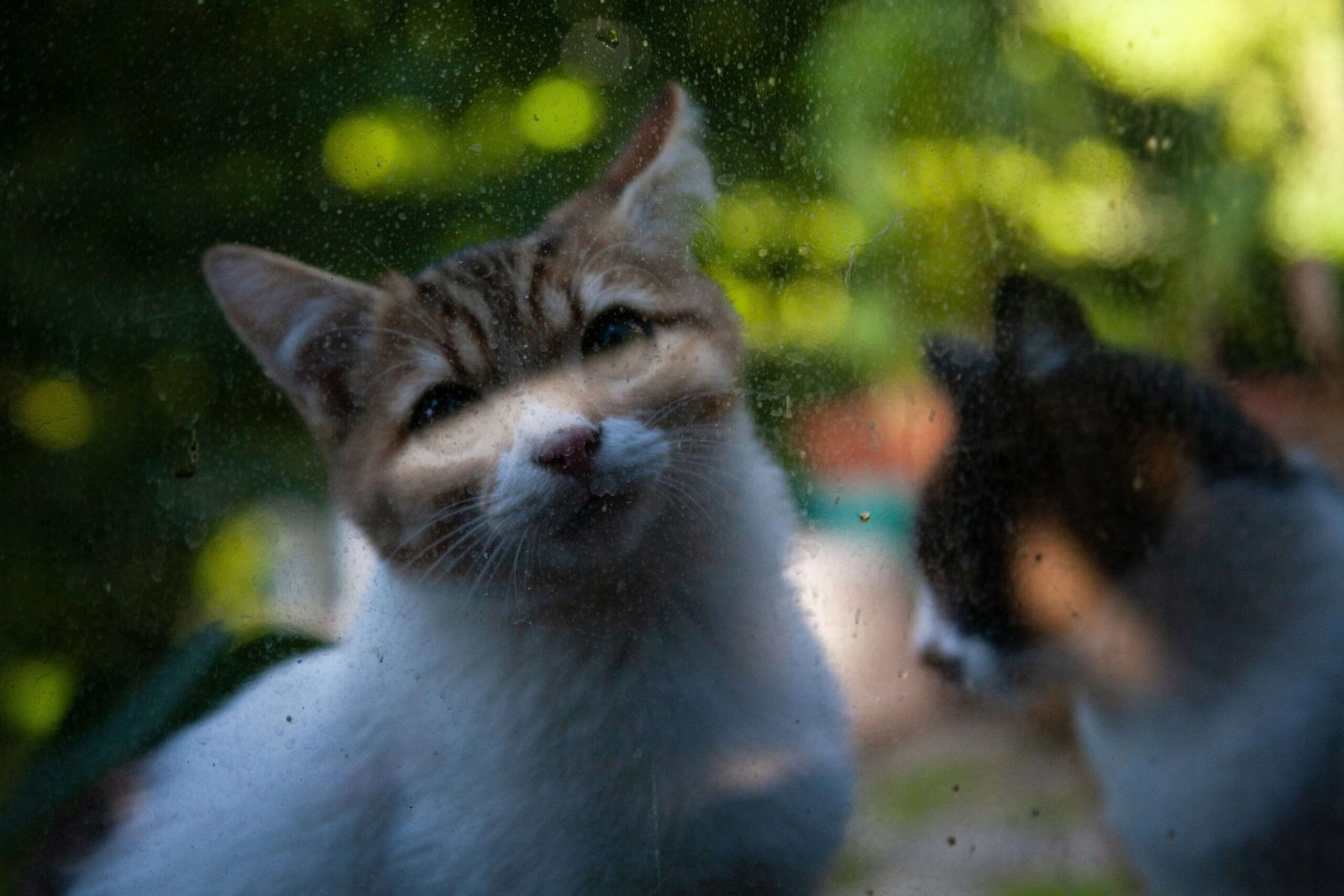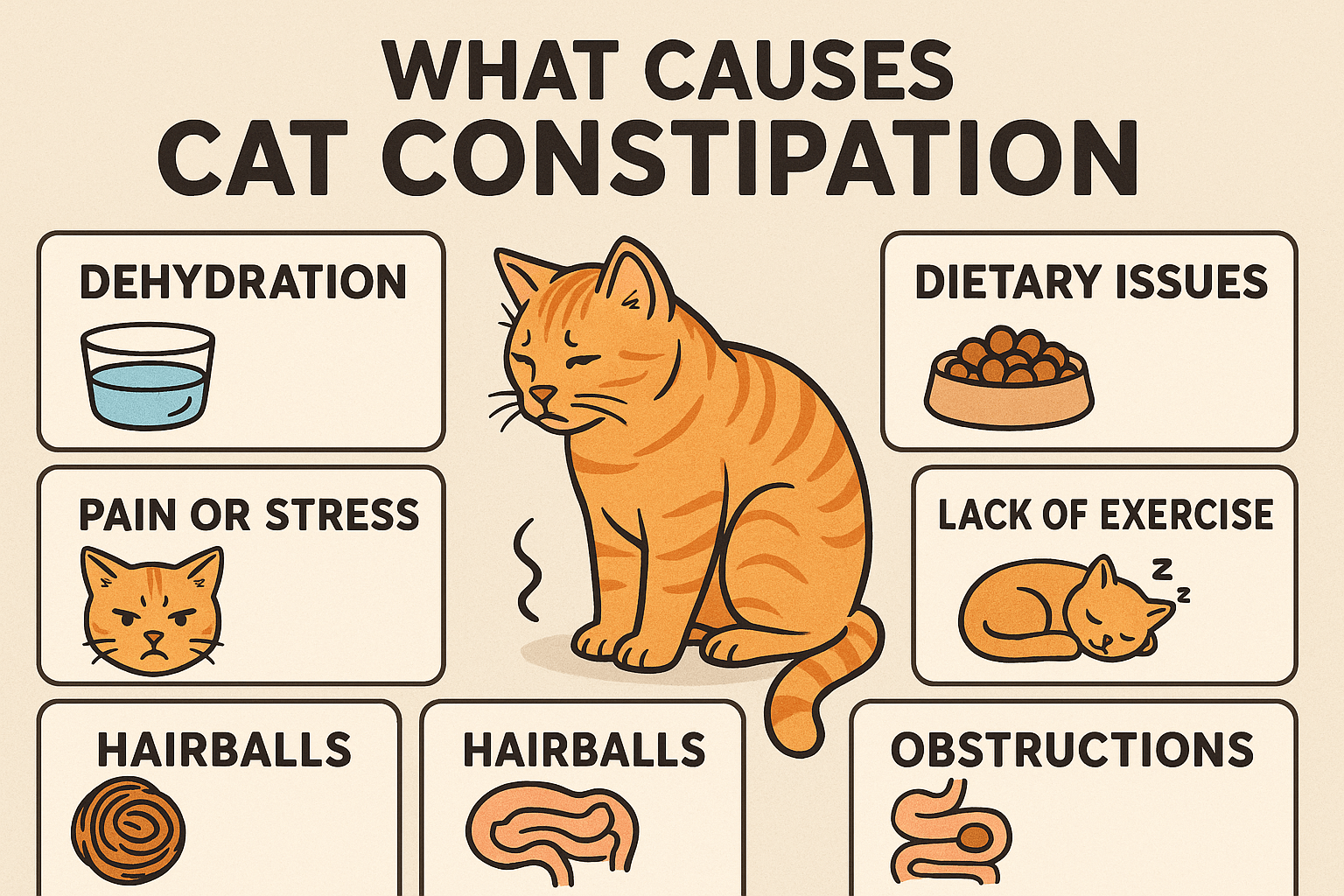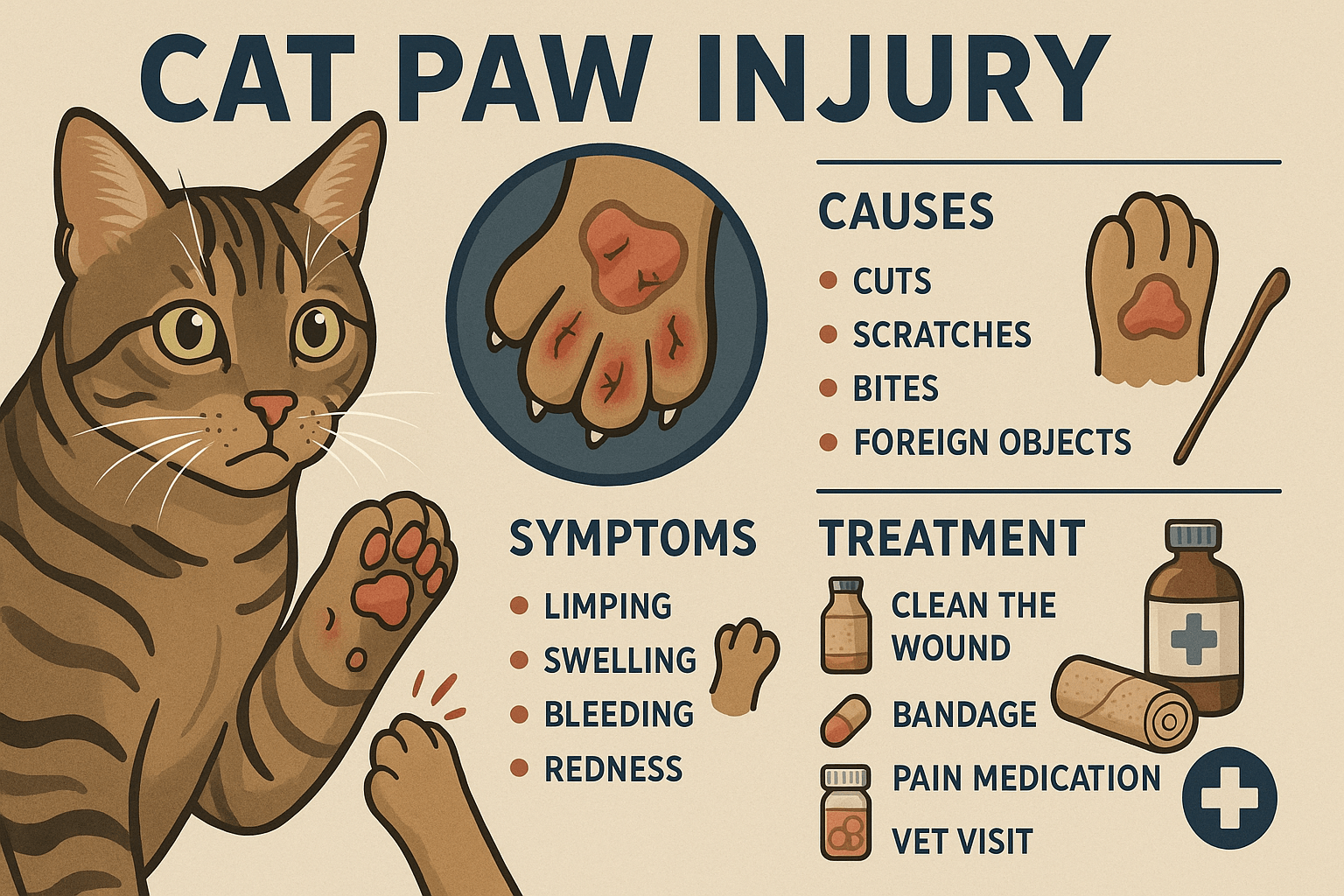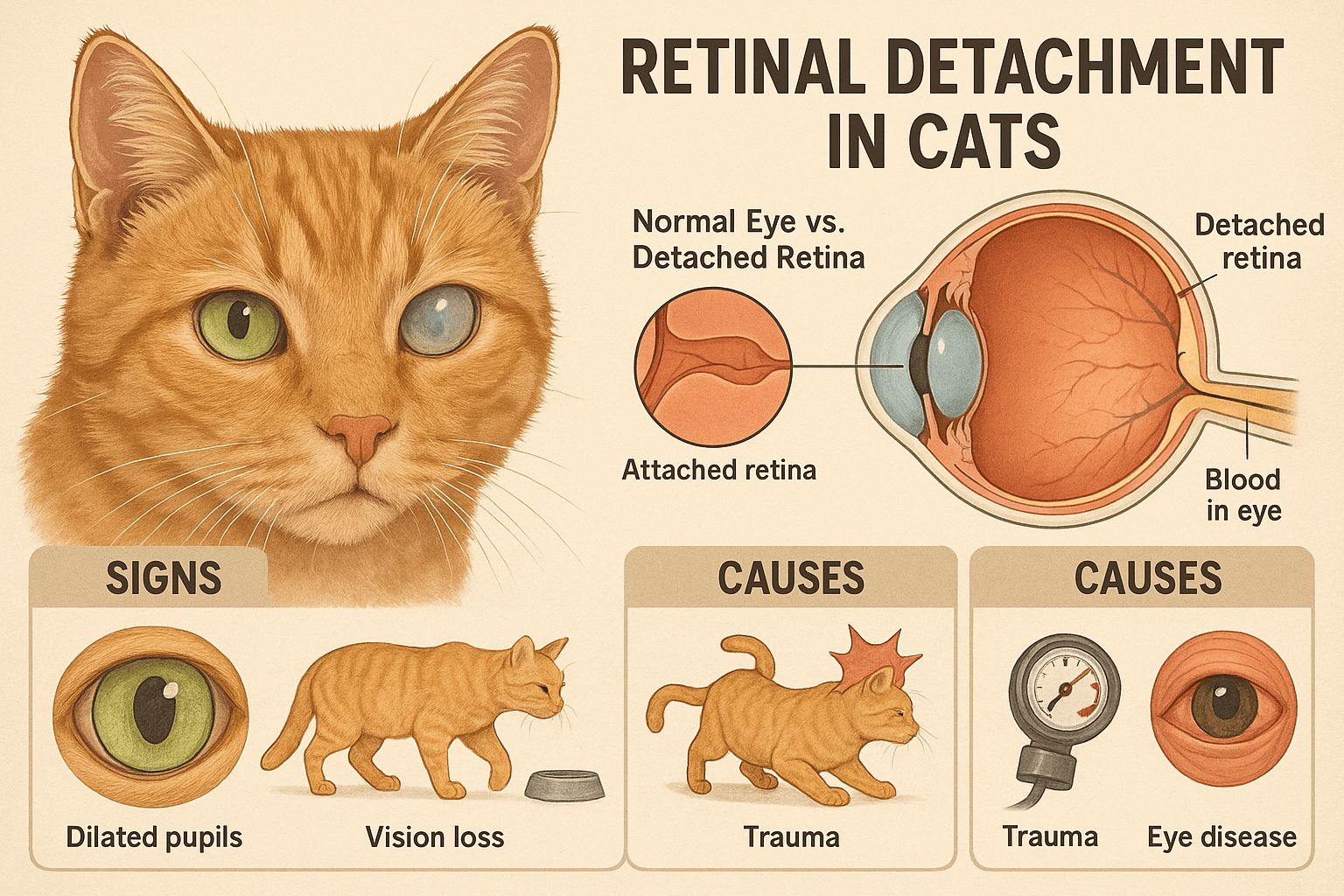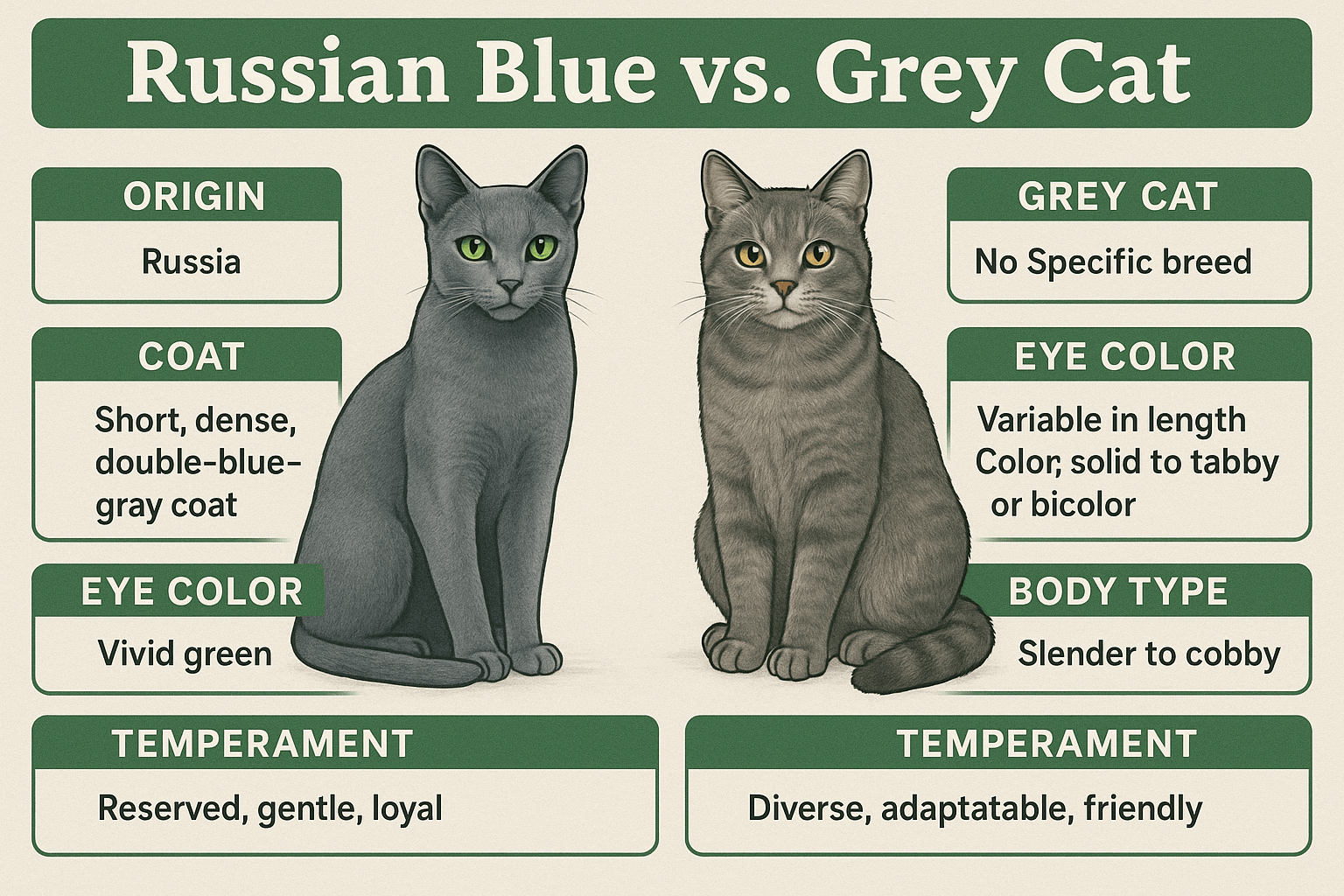Do Female Cats Spray? Understanding This Behavior and How to Address It
When we think of spraying, male cats often come to mind. However, female cats can also exhibit this behavior, leaving many pet owners puzzled and concerned. Spraying is a natural feline behavior used to mark territory or communicate with other cats. While it’s more commonly associated with unneutered males, female cats—especially those that are unspayed—can spray as well.
In this blog post, we’ll explore why female cats spray, how to identify the signs, and what you can do to manage or prevent this behavior. Whether you’re a seasoned cat owner or new to feline companionship, this guide will help you better understand your cat’s needs and maintain a harmonious home environment.
Why Do Female Cats Spray? Key Reasons Behind This Behavior
Spraying is not just a random act; it serves a specific purpose for cats. Understanding the reasons behind this behavior is the first step in addressing it effectively. Here are some common triggers for spraying in female cats:
Territorial Marking
Female cats may spray to establish their territory, especially if they feel threatened by other pets or animals in the home.Stress or Anxiety
Changes in the environment, such as moving homes or introducing a new family member, can trigger stress-related spraying.Sexual Behavior
Unspayed female cats may spray to signal their readiness to mate, particularly during their heat cycle.Competition with Other Cats
In multi-cat households, female cats may spray to assert dominance or compete for resources like food, water, or attention.Health Issues
Underlying medical conditions, such as urinary tract infections, can sometimes manifest as spraying behavior.
By identifying the root cause of spraying, you can take targeted steps to address the issue and create a more peaceful environment for your cat.
Signs That Your Female Cat May Be Spraying
Recognizing spraying behavior early can help you intervene before it becomes a recurring problem. Here are some telltale signs that your female cat may be spraying:
Urine Marks on Vertical Surfaces
Unlike regular urination, spraying typically involves small amounts of urine deposited on walls, furniture, or doors.Backward Stance with Tail Up
Before spraying, cats often assume a backward stance, raise their tail, and quiver it slightly.Strong-Smelling Urine
The urine from spraying often has a stronger odor than normal, especially in unspayed females.Increased Frequency During Heat Cycles
If your cat is unspayed, you may notice spraying coinciding with her heat cycle.Behavioral Changes
Other signs, such as increased vocalization or restlessness, may accompany spraying behavior.
Understanding these signs can help you differentiate spraying from other litter box issues and take appropriate action.
Check this guide 👉What Does Cat Spray Look Like on Walls? Best 7 Tips!
Check this guide 👉When Does a Male Cat Start Spraying? Best 7 Expert Tips!

Prevention Tips | Management Strategies |
|---|---|
Spay your female cat | Clean sprayed areas thoroughly |
Reduce stress in the environment | Use enzymatic cleaners to remove odors |
Provide ample resources (food, toys) | Consult a vet for underlying health issues |
Introduce new pets gradually | Use pheromone diffusers to calm your cat |
Create safe spaces for your cat | Redirect behavior with positive reinforcement |
How to Prevent Spraying in Female Cats
Preventing spraying requires a proactive approach that addresses both behavioral and environmental factors. Here are some expert-recommended strategies to stop spraying before it starts:
Spay Your Cat Early
Spaying eliminates the hormonal drive to spray, especially in unspayed females.Create a Stress-Free Environment
Provide hiding spots, vertical spaces, and quiet areas where your cat can retreat when feeling overwhelmed.Maintain a Consistent Routine
Cats thrive on predictability, so stick to a regular schedule for feeding, playtime, and cleaning.Introduce New Pets Gradually
If adding a new pet to the household, allow your cat time to adjust through slow, supervised introductions.Use Positive Reinforcement
Reward your cat with treats or praise when she uses appropriate areas for elimination or exhibits calm behavior.
By implementing these prevention strategies, you can significantly reduce the likelihood of spraying in your female cat.
What to Do If Your Female Cat Is Already Spraying
If your female cat has already started spraying, don’t panic. There are effective ways to address and manage this behavior. Here are some steps you can take:
Clean Affected Areas Thoroughly
Use enzymatic cleaners to break down the scent molecules in sprayed areas, preventing your cat from returning to the same spot.Identify and Remove Triggers
Determine what might be causing the spraying, such as a new pet or changes in the home, and address the issue directly.Consult a Veterinarian
Rule out any underlying medical conditions that could be contributing to the behavior.Provide Mental and Physical Stimulation
Engage your cat with interactive toys, climbing structures, and play sessions to reduce stress and boredom.Consider Pheromone Products
Products like Feliway mimic calming pheromones and can help reduce anxiety-related spraying.
With patience and consistency, you can help your cat overcome spraying and restore harmony to your home.
Common Misconceptions About Female Cat Spraying
There are several misconceptions about spraying behavior in female cats that can lead to confusion among cat owners. Clearing up these myths can help you better understand your cat’s actions and respond appropriately. Here are some common misunderstandings:
Spraying Only Happens in Male Cats
While male cats are more frequently associated with spraying, female cats—especially unspayed ones—are equally capable of this behavior.Spraying Is Always a Sign of Aggression
Spraying is often a response to stress or anxiety rather than outright aggression, though it can sometimes be territorial.Spaying Completely Eliminates Spraying
While spaying drastically reduces spraying, it doesn’t guarantee the behavior will stop entirely, especially if other factors like stress are involved.Spraying Means Your Cat Is Angry at You
Cats spray to communicate or mark territory, not out of spite or anger toward their owners.Cleaning Once Will Stop the Behavior
Thorough cleaning is essential, but addressing the underlying cause is necessary to prevent repeated spraying.
By understanding these misconceptions, you can approach spraying behavior with greater empathy and take the right steps to address it effectively.
Environmental Enrichment Ideas to Reduce Spraying
Providing environmental enrichment is one of the most effective ways to reduce stress-related spraying in female cats. A stimulating and engaging environment can help redirect their energy and minimize unwanted behaviors. Consider these ideas:
Install Cat Trees and Shelves
Vertical spaces allow cats to climb, explore, and establish their territory without resorting to spraying.Offer Interactive Toys
Toys that mimic prey, such as wand toys or automated mice, can keep your cat mentally and physically stimulated.Create Cozy Hiding Spots
Provide enclosed spaces like cat caves or boxes where your cat can retreat when feeling anxious or overwhelmed.Incorporate Scratching Posts
Scratching posts not only satisfy your cat’s natural instincts but also serve as an alternative to marking territory.Rotate Toys Regularly
Introducing new toys or rotating existing ones keeps your cat engaged and prevents boredom.
With these enrichments, you can create a fulfilling environment for your cat, reducing the likelihood of stress-induced spraying.
Signs Your Cat May Be Stressed Beyond Spraying
Spraying is just one potential sign of stress in female cats. Recognizing other indicators can help you identify underlying issues and address them promptly. Here are some additional signs to watch for:
Excessive Grooming
Over-grooming, particularly to the point of hair loss, can indicate stress or anxiety.Changes in Eating Habits
A sudden increase or decrease in appetite may signal emotional distress.Hiding More Than Usual
If your cat starts spending more time in hiding, it could be a sign of discomfort or fear.Increased Vocalization
Loud or frequent meowing, especially at night, may suggest your cat is seeking attention or feeling unsettled.Aggression Toward Humans or Pets
Uncharacteristic aggression can be a reaction to stress or changes in the household dynamic.
By paying attention to these signs, you can gain deeper insight into your cat’s emotional state and take steps to alleviate stress before it escalates further.
Frequently Asked Questions About Female Cats Spraying
Is spraying the same as inappropriate urination?
No, spraying is usually done on vertical surfaces and involves smaller amounts of urine, while inappropriate urination occurs on horizontal surfaces.
Can spaying stop spraying in female cats?
Yes, spaying significantly reduces the likelihood of spraying by eliminating hormonal influences.
Why does my spayed female cat still spray?
Stress, territorial disputes, or health issues could be contributing factors even in spayed cats.
How do I clean sprayed areas effectively?
Use enzymatic cleaners designed to neutralize pet odors, as regular cleaners may not fully eliminate the scent.
Should I punish my cat for spraying?
No, punishment can increase stress and worsen the behavior. Focus on positive reinforcement instead.
Final Thoughts: Managing Spraying in Female Cats
Spraying is a natural but often frustrating behavior in female cats. By understanding the reasons behind it and taking proactive steps to address the issue, you can create a happier and healthier environment for your feline companion. Whether through spaying, reducing stress, or using specialized products, there are plenty of ways to manage and prevent spraying. Remember, patience and consistency are key. With the right approach, you can strengthen your bond with your cat and enjoy a harmonious home free from unwanted spraying.
What Causes Cat Constipation? Best 7 Expert Tips! Discover common causes, symptoms, and solutions for cat constipation to keep your feline healthy and comfortable.
Cat Paw Injury: Best 7 Expert Tips! Discover essential advice on identifying, treating, and preventing cat paw injuries to keep your feline friend healthy and happy.
Retinal Detachment in Cats: Best 7 Expert Tips! Learn to identify symptoms, understand causes, and explore treatment options to protect your cat’s vision effectively.
Russian Blue vs Grey Cat: Best 7 Expert Tips! Discover key differences, unique traits, and expert advice to help you choose between a Russian Blue and a generic grey cat for your perfect feline companion.

